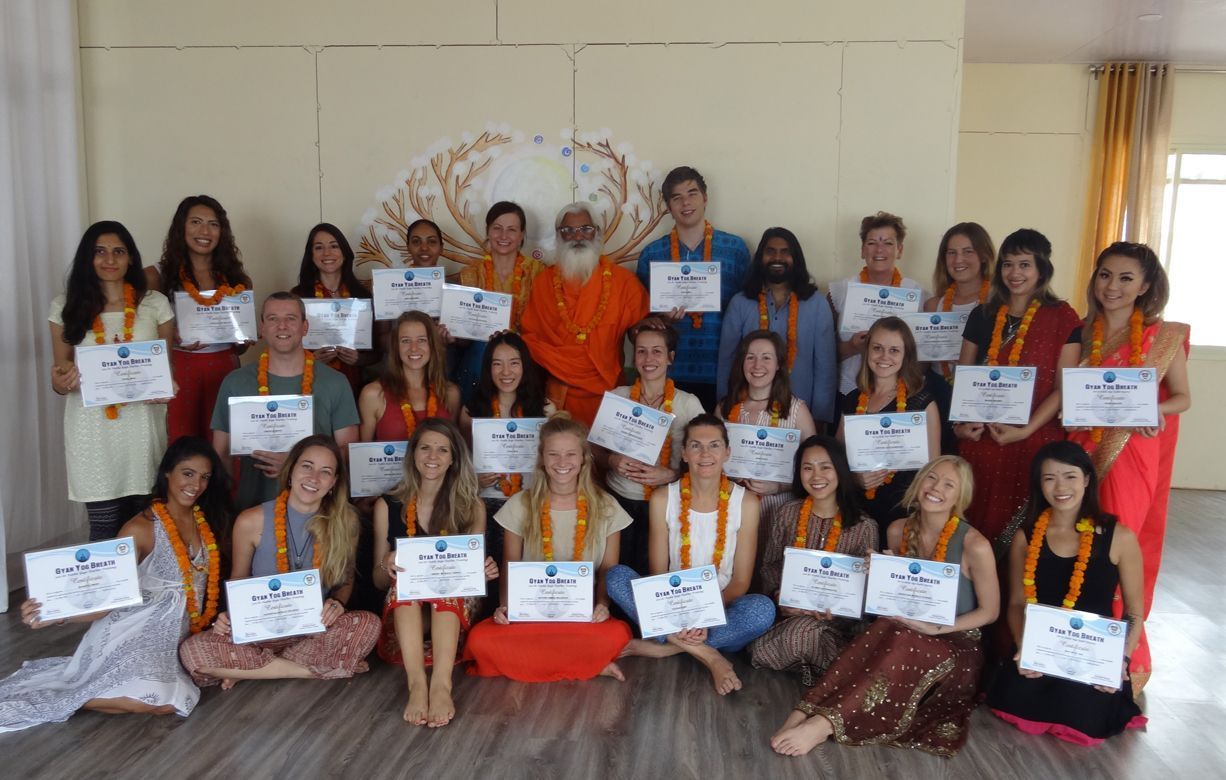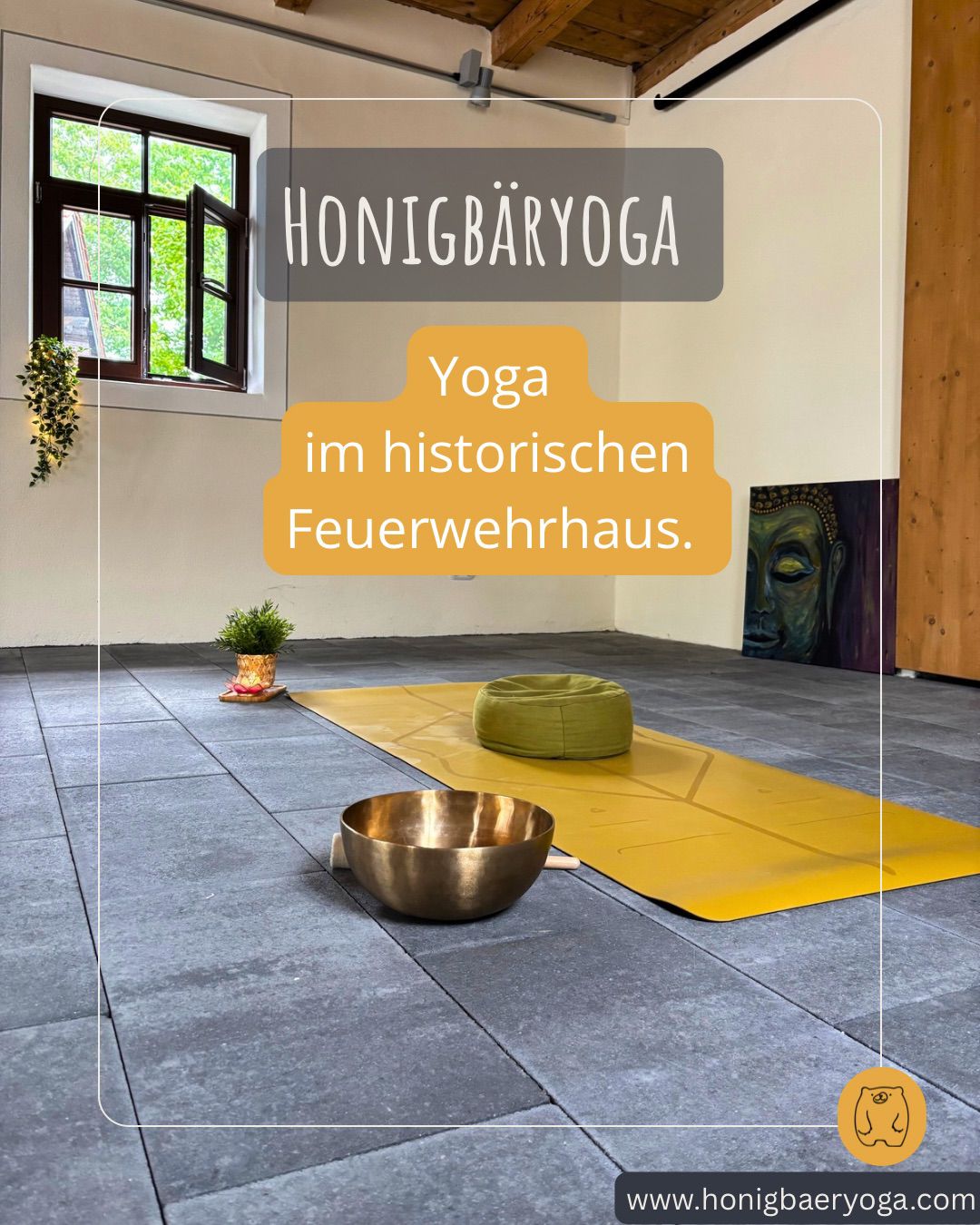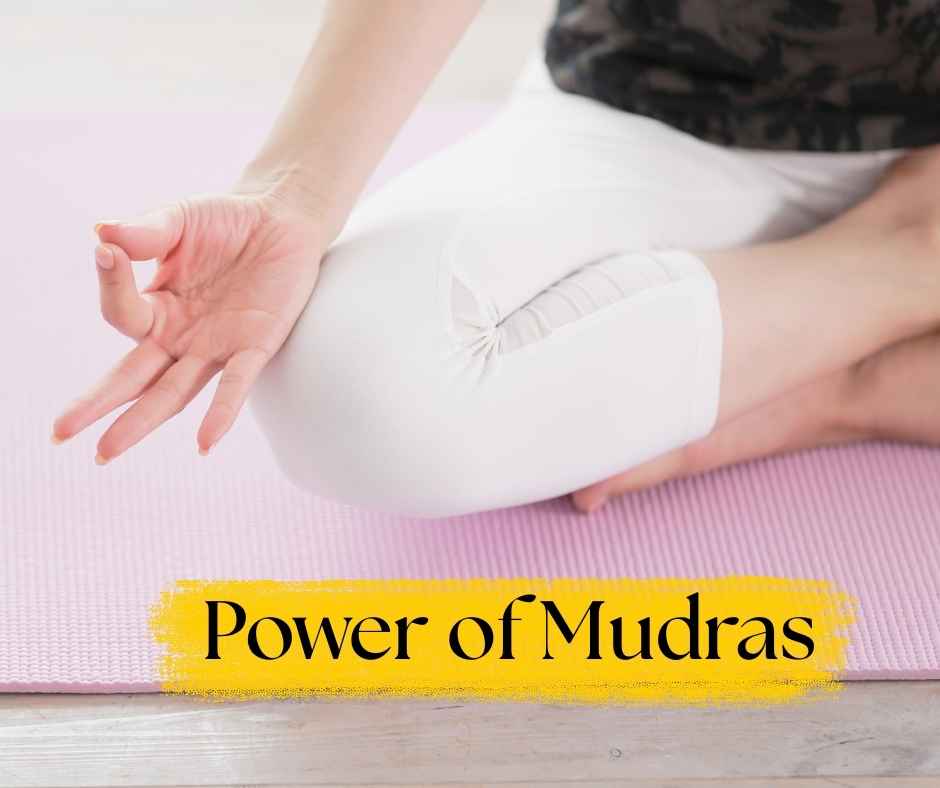Moving to another country, for socioeconomic or political reasons, a new job, love, or the joy of wandering and exploring, can create an imbalance within ourselves. As an immigrant myself, I have often experienced identity issues, culture shock, and an attachment to my previous life in another country, which have made it difficult to ground myself in my new home country. In the following essay, I will discuss how Yoga can bring balance to immigrants that are going through adaptation, integration, or assimilation problems. Furthermore, a series of beginners postures (Asanas) for grounding oneself and balancing the root Chakra (Mooladhara) will be suggested, as well as a breathing technique (Pranayama) and some basic diet recommendations.
The metaphysics of Yoga are founded on dualism: consciousness and matter. This dualism is translated into mind and body, feminine and masculine, sun and moon, flexibility and strength, positive and negative. The practice of Yoga aids us in finding balance in these dualities, having as the main goal to achieve an essential oneness of consciousness and matter. My Yoga practice is not more than that: a practice. I practice with the goal of achieving control of my body and mind. Other than the physical benefits I have seen in myself, this practice has brought balance in my daily life by giving me the strength to accept things I cannot change, and the flexibility to adapt to new and unknown circumstances.
Through the teachings of Yoga, immigrants from any type of background can bring balance to their own lives by learning to connect themselves energetically to the earth, understanding that happiness is not attached to a place, and realizing that the whole universe belongs to us as we belong to it. In particular, the practice of specific Asanas can stabilize the Mooladhara Chakra, which is the source of all energy.
The Mooladhara Chakra is located in the perineum (male body) or at the cervix (female body) and is represented by a red lotus with four petals. As an immigrant and Yoga practitioner, I believe that most of the initial problems that an immigrant can have (either mental or physical) are related to an unbalanced Mooladhara Chakra. Emotionally, a person can be feeling anger, insecurity, and an unwillingness or inability to find stability or settle down in one place. The physical symptoms of an unbalanced Mooladhara Chakra could be constipation, fatigue, bladder problems, among others. After living in five different countries in the last ten years, I have experienced both the physical and mental symptoms of an unbalanced Mooladhara Chakra, which is why I recommend the following Asanas to people who need to ground themselves in a new environment.
This series of Asanas is intended for beginners and should be practiced in a calm, bright and clean environment, with special focus on the breath. For optimal results and a better flow of energy, I would recommend visualizing a red light in the perineum (men) or the cervix (women). The series is composed by five Asanas: Samasthiti, Tadasana, Malasana, Sukhasana and Shavasana.
To begin the practice, stand at the top of the mat in Samasthiti with eyes closed. The feet should be together equally putting pressure against the floor, spine straight and shoulders rolled back, hips in a neutral position, chin parallel to the ground and both arms and hands facing to the body. As simple as this posture may sound, it is a good Asana to create awareness of our body and the physical space it occupies. Take minimum of ten relaxed and deep breaths with eyes closed, being aware of how gravity is pushing you down to the earth underneath your feet. Visualize how energy is flowing from the crown of your head to the ground under your feet, and from the ground under your feet to the top of your head.
To perform the next pose, Tadasana (palm tree pose), you need to stay in Samasthiti with feet together and the weight equally distributed between both feet. With the inhalation, raise both arms over the head and interlock your fingers (palms facing upward). To maintain the balance, fix the eyes at a specific point. Slowly, and with complete control of the movement, raise your heels until you can stand on your toes. Practice minimum ten rounds, always inhaling while raising arms and heels and exhaling while lowering arms and heels. This Asana, aside of stretching our body, requires us to focus and maintain balance. Maintaining balance while having a calm and steady breath is translated into mental strength and balance in everyday life situations. Furthermore, this Asana requires awareness of the Moolandhara Chakra.
From Tadasana, with your feet separated hip-distance apart, bend your knees and squat to do Malasana. If required, you can place a folded blanket or a block under the heels for balance. Place your hands in Anjali Mudra or Pranamasana. The weight of your body should be equally distributed between the three arches of both feet. To protect your knees, avoid going further than the tip of your toes. Ground yourself in this Asana and feel the connection of your body and the space it takes. Stay in Malasana for ten breaths.
From Malasana, gently place your buttocks on the floor with your legs straight in preparation for Sukhasana. Sukhasana is a simple meditation posture that can bring a sense of calmness and relaxation. To perform this Asana, you should be sitting down on the floor and bend the legs, placing them underneath the opposite thigh. Hands should be placed on knees either in Chin or Jnana mudra. Keep the head, neck, and back straight. Close your eyes and relax your body for a minimum of ten breaths. This posture also requires physical balance and the focus should be on equalizing the weight between the left and right sides of the body. Once again, try to feel your connection to the ground and visualize how the energy flows from the crown of your head to the ground under you, and vice-versa.
Since adaptation problems often bring anxiety, stress, and anger, I would recommend staying in Sukhasana with eyes closed and practice five to ten rounds of Bhramai Pranayama. To do so, the lips should remain gently closed and the teeth slightly separated. Raise arms and bring hands to the ears. With the index or middle finger plug the flaps of the ears. Inhale through the nose and exhale slowly making a humming-like sound. The humming bee sound should be soft and smooth in order to help relieve anxiety, stress, and anger. This Pranayama brings the mind in a harmonized state and directs awareness inward, it also prepares us for the next Asana: Shavasana.
At last, I recommend Asana which I consider to be the most relaxing yet difficult to achieve. For Shavasana, you should lie back with the arms next to your body and palms facing up. The feet can be hip-distance apart to have a more comfortable position. The Head and spine should be in one line and without any tension. Close your eyes and stop all physical movement. Shavasana might be a difficult Asana because it requires awareness of the mind and its thoughts. Since it is a relaxing posture, people tend to daydream during Shavasana. To avoid this, I recommend counting the breaths from one to ten, trying not to lose the count by the distraction of uncontrolled and unwanted thoughts. Stay in this Asana for ten to fifteen minutes. This Asana will bring relaxation to the psycho-physiological system which is commonly under stress when a person does not feel grounded.
To complement this practice, it is necessary to consider an Ayurvedic diet depending on the person’s Dosha. The Mooladhara Chakra is closely related to the Apana Prana and to the Vata Dosha. When Vata is unbalanced, one can feel anxious, overwhelmed, and stressed. Digestive issues flare up when there is an imbalance in Vata. To balance this Dosha, choose cooked over raw vegetables, include dairy products to pacify Vata, as well as rice and wheat products. Avoid cold drinks and dry foods such as potatoes and beans.
To conclude, an imbalance and a sense of not belonging might be a consequence of moving to another country. With Asanas that focus on balancing Mooladhara Chakra and the Vata Dosha, people can ground themselves and find stability despite the changes and challenges they go through due to immigration. It is important to point out that these simple Asanas by themselves will not bring total stability in Mooladhara Chakra and can only help the person feel momentarily grounded. To see an actual improvement, changes in lifestyle and diet are required, as well as constant Yoga, Pranayama, and Meditation practices. Nevertheless, and speaking from my personal experience, I strongly believe that a continuous practice to ground oneself is beneficial for a person that is starting a new life in an unknown and different environment. With time and practice, Yoga has made me feel more connected to myself and to the universe, regardless of the country where I live.
If you are looking to deepen your yoga practice, gain a more advanced perspective and adjustment, you should consider joining a Yoga Teacher Training in India. The beginner to the intermediate course is called 200 Hour Yoga Teacher Training and offers you a broad knowledge.







